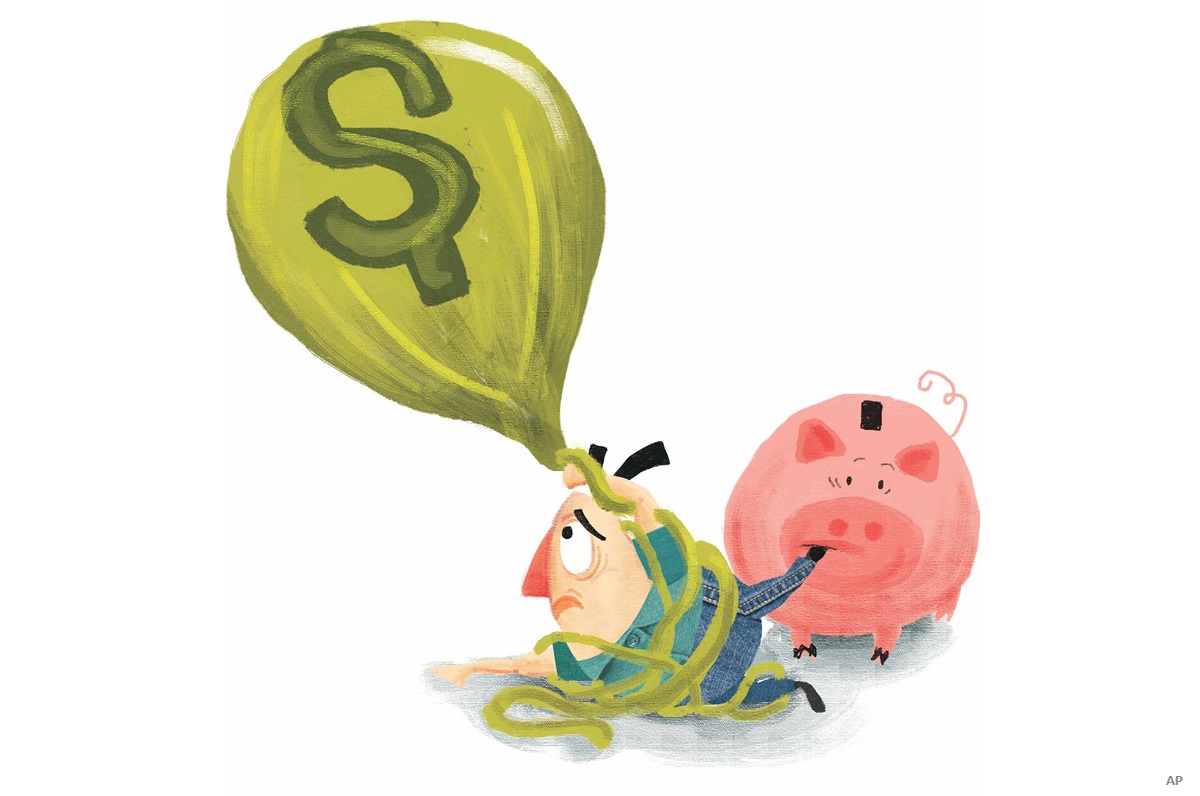As the bond market moves into 2019, Tom O’Gorman, senior vice president and director of fixed income at Calgary-based Franklin Bissett Investment Management Inc. is treading cautiously as he analyzes various interwoven and conflicting themes.
Global growth appears to be slowing, says O’Gorman, and uncertainties continue to complicate trade issues between the U.S. and China. The U.S.-Mexico-Canada trade agreement has not yet been ratified, he points out, and some black clouds hang over President Trump’s administration, including the outcome of Robert Mueller’s Special Counsel probe into Trump’s Russian connections.
For O’Gorman, lead manager of the $1.7 billion Franklin Bissett Core Plus Bond Fund, which is sponsored by Toronto’s Franklin Templeton Investments, top-down analysis of big picture trends plays a key role in positioning the fund to minimize risk and provide a positive return in a low rate environment.
Rising rates present the biggest risk
Meanwhile, the biggest risk is that central banks go too far in raising rates he says. “After that, it’s trade tensions. In addition to that, it’s impossible to know what might happen politically in the U.S., with things like Mueller’s investigation, or what President Trump might do to deflect attention from Mueller’s findings or such possibilities as impeachment.”
O’Gorman expects the U.S. economy to grow at a rate of 2% to 2.5% this year, down slightly from 3% last year but still a reasonable pace.
He also pays close attention to events occurring in individual industry sectors. In the corporate bond sector, meticulous individual security analysis is key, including corporate financial results, management expertise and liquidity of issues.
“We’re taking a cautious approach, going up in quality and taking risk down,” O’Gorman says. “We’re being defensive until we have a better view on where growth is going and how that might influence central banks.”
Putting together the fund’s portfolio involves multiple decisions, including considering average bond duration, geographic positioning, currency exposure, and credit quality.
Corporate bonds don't take the cake quite yet
Although corporate bonds fell to more attractive valuations and spreads widened relative to government bonds during the market turmoil of late 2018, he says the opportunity has not been compelling enough to buy aggressively.
Corporate bonds recently accounted for the majority of Franklin Bissett Core Plus Bond’s assets at about 61% of the portfolio, from a gross allocation standpoint, although this allocation was reduced to 50% after accounting for the hedging effects of credit derivatives. About 36% of assets were in provincial and federal government bonds.
“Government bonds simply don’t generate the yield needed to outperform the benchmark,” he says.
With corporate bonds he’s moving to relatively safe areas, having reduced exposure to energy issues and increased holdings of “more defensive or regulated sectors” such as infrastructure, pipelines and utilities. He is staying away from consumer-sensitive issues such as retailers.
He considers his benchmark to be the FTSE Canada Universe Bond Index. However, the “Plus” in Franklin Bissett Core Plus Bond’s name means the fund can hold a variety of securities outside the parameters of the index to generate extra returns, including preferred shares, securitized assets, floating rate bonds, emerging markets bonds and high yield bonds.
“It’s a huge universe and a large opportunity set,” O’Gorman says.
He likes to have some preferred shares, particularly those that have a floor on their dividend yields. During the downdraft in financial markets in late 2018, he took advantage of the pricing opportunity to add slightly to Canadian bank preferred shares with healthy yields.
While more than 70% of the fund’s assets are in Canadian fixed income securities, about 26% is in U.S. issues. Most of the fund’s corporate bonds are U.S. issues, as the U.S. offers a broader selection than Canada.
“We still need yield, which is why we have more than half the portfolio in corporate bonds, but we’re putting on a variety of hedges as insurance – to soften volatility,” O’Gorman says.
Exposure to the riskier category of high-yield bonds peaked at 12% of fund assets back in 2015, but has been brought down to 10% gross, and adjusted for hedges it is a net 7%.
Steer clear of currency risk
O’Gorman and his team employ an active currency strategy to augment returns. He is relatively positive on the U.S. dollar as it tends to do well in a “risk-off” environment when global investors are seeking safety. The Canadian economy faces some unique challenges such as low energy prices and a softening housing market, and he expects the loonie to remain weak.
As part of his cautious approach, he is avoiding emerging markets bonds and currencies.
“Emerging markets are volatile, but we think at some point there will be an opportunity,” O’Gorman says. “We would look at emerging markets issues denimonated in U.S. dollars, but because we’re taking risk down now, it’s not the time to go there.”
After the U.S. Federal Reserve raised it leading benchmark rate four times in 2018, the bond market is currently pricing in a pause in rate hikes, O’Gorman says. The key U.S. short-term rate is in the 2.25%-2.50% range, the highest level since 2008, but Fed chairman Jerome Powell has signaled his approach in 2019 will be “flexible” and will depend on economic conditions.
Inflation is not currently a threat, O’Gorman says, and that removes some pressure from central banks to raise rates.
“We’re not seeing the inflation boogey man at the moment,” O’Gorman says. “Things like technology, artificial intelligence and demographic trends such as the aging of the population in many parts of the world are keeping a lid on inflation.”
In Canada, rate hikes also appear to be on hold. The benchmark short-term rate stands at 1.75%, after the Bank of Canada decided not to raise rates in January.
The yield on the bellwether 10-year U.S. treasury bond peaked last autumn at about 3.25% and since then has fallen, hovering around 2.8% in late January. In Canada, the direction has been the same, with the ten-year government bonds peaking in October 2018 at around 2.6% and falling to just under 2% in late January.
O’Gorman expects 2019 to be a year of relatively low returns in fixed income but says this asset class can play an important stabilizing role in investors’ balanced portfolios. Throughout the volatility of2018 when the S&P TSX Composite Total Return Index fell by about 9%, theFTSE Canada Universe Bond Index was up 1.4%.




















